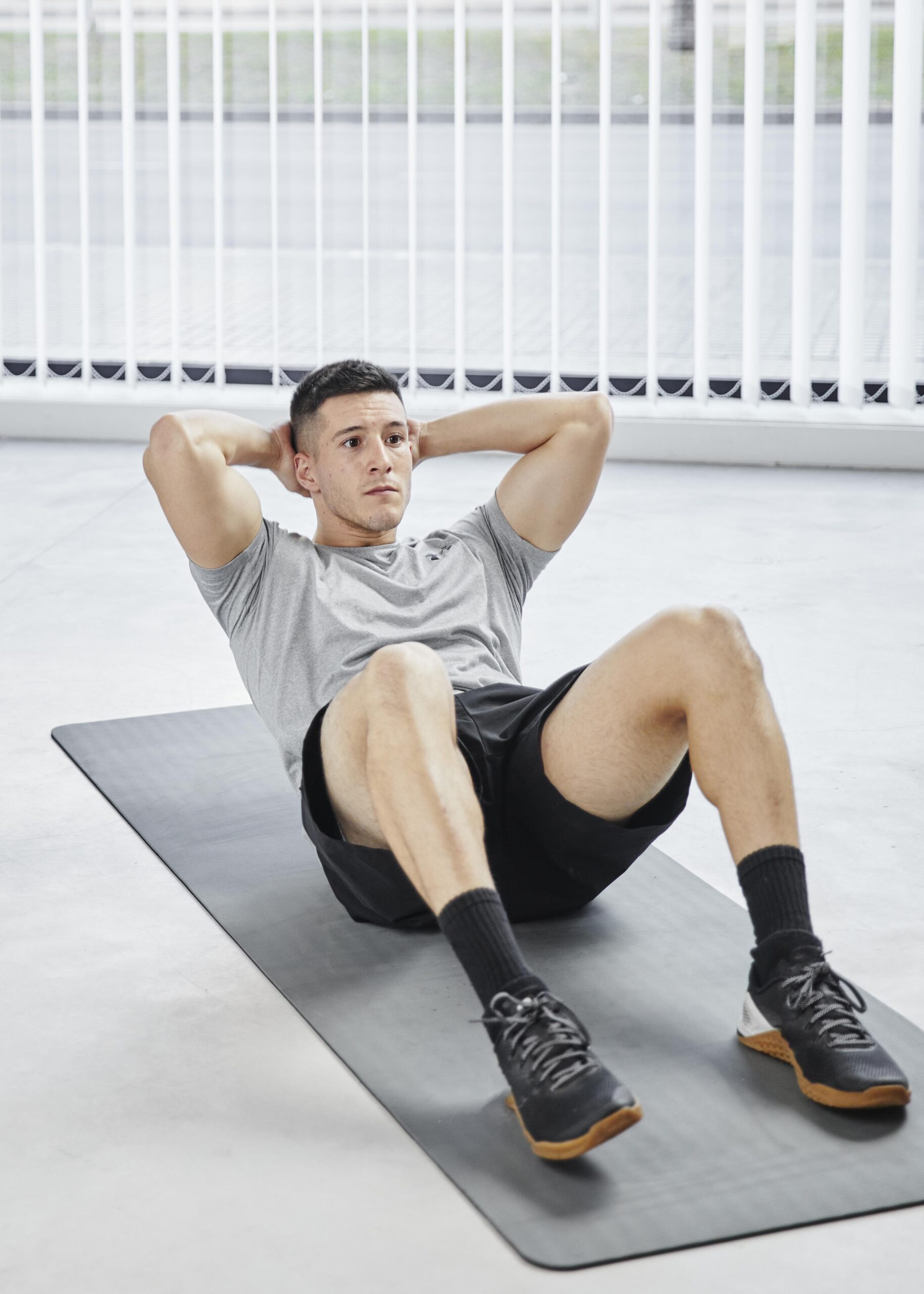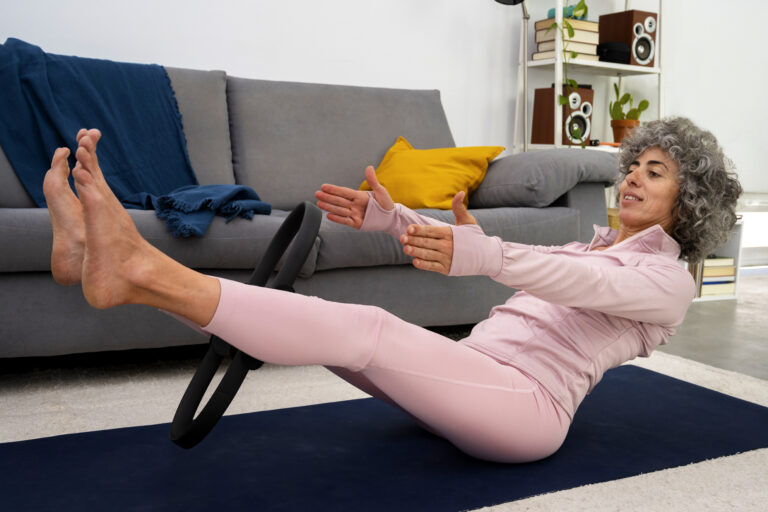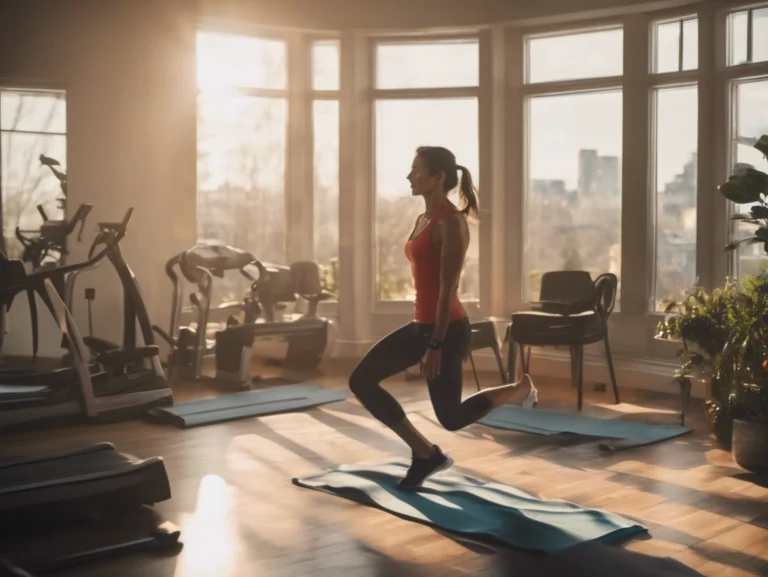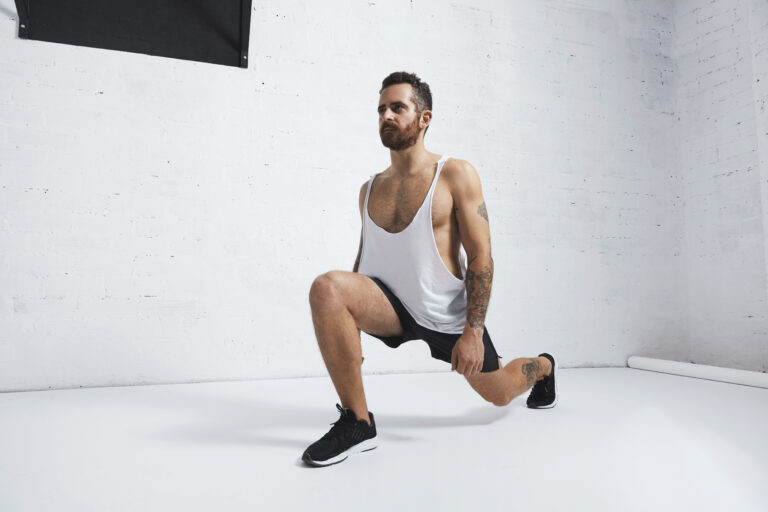5 Common Beginner Mistakes in Home Workouts (And How to Avoid Them)
5 Common Beginner Mistakes in Home Workouts (And How to Avoid Them)
Starting a new fitness journey from the comfort of your living room sounds simple—no gym fees, no commute, no waiting for equipment. But like anything new, there are challenges. “5 Common Beginner Mistakes in Home Workouts (And How to Avoid Them)” is something every new fitness enthusiast should read before rolling out the mat. Whether you’re doing bodyweight squats or following YouTube HIIT routines, steering clear of these missteps can make the difference between progress and frustration.
This guide is built to help you stay consistent, safe, and motivated—without needing a home gym or personal trainer.
1. Skipping Warm-Ups and Cool-Downs
One of the biggest beginner mistakes is diving straight into workouts without a proper warm-up. Your muscles aren’t machines—they need preparation to perform and recover safely.
Why it matters:
Warming up increases blood flow, preps your joints, and reduces the risk of injury. A 5-minute dynamic warm-up (like arm circles, leg swings, and jumping jacks) primes your body for movement. Likewise, a proper cool-down with stretches brings your heart rate down gradually and helps reduce soreness.
How to avoid it:
- Always start with 3–5 minutes of light cardio
- End your session with static stretching or foam rolling
- Read: 5 Essential Stretches to Do Before Every Home Workout
2. Doing Too Much, Too Soon
When motivation is high, it’s tempting to go all in. But overtraining early on leads to fatigue, soreness, and even injury—especially in at-home workouts without a trainer to guide you.
Why it matters:
Your muscles and cardiovascular system need time to adapt. Beginners often burn out or quit after the first week because they try to exercise every day or follow advanced routines beyond their current fitness level.
How to avoid it:
- Start with 3–4 days per week
- Choose beginner-friendly routines with low impact
- Progress slowly: increase reps, sets, or intensity every 1–2 weeks
3. Poor Form from Lack of Instruction
Without mirrors, equipment, or trainers around, it’s easy to perform exercises incorrectly. Improper form can lead to joint stress, back pain, or ineffective workouts.
Why it matters:
Whether it’s push-ups, squats, or planks, form is everything. You could be doing the “right” exercise the wrong way and seeing no results—or worse, risking injury.
How to avoid it:
- Watch instructional videos from certified trainers
- Focus on quality over quantity (do 10 perfect reps, not 20 sloppy ones)
- Record yourself to check form, or use mirrors
- Check Out: Beginner-Friendly Home Exercises (With Demonstrations)
4. Inconsistent Workout Schedules
Beginners often start strong, then fall into the “start-stop” cycle. Life happens, and without a structured plan, home workouts get skipped easily.
Why it matters:
Consistency builds habit—and habit drives results. Without structure, even the best intentions fade fast.
How to avoid it:
- Create a weekly home workout plan and stick to it
- Set reminders on your phone or calendar
- Choose the best time of day for your energy level and routine
- Explore: Weekly Home Workout Plan for Beginners
5. Ignoring Nutrition and Recovery
Your workout is only half the battle. If you’re not eating well or recovering properly, you’ll stall your progress no matter how much you train.
Why it matters:
Fueling your body with the right foods before and after workouts improves performance and speeds up recovery. Lack of sleep or hydration also negatively impacts your energy levels and muscle repair.
How to avoid it:
- Eat a balanced meal. 1–2 hours before workouts (carbs + protein)
- Rehydrate and refuel post-workout (smoothies, eggs, fruits, etc.)
- Get 7–9 hours of quality sleep each night
- Learn More: What Should I Eat Before and After a Home Workout?
Conclusion: Start Smart and Stay Consistent
Home workouts are incredibly effective—but only if done correctly. Avoiding these 5 common beginner mistakes in home workouts (and how to avoid them) will set you up for sustainable success. Remember: warm up, don’t rush progress, prioritize form, stick to a schedule, and nourish your body. When in doubt, keep it simple and stay consistent.
Need a structured guide to help you stay on track? Head over to our main resource, The Ultimate Beginner’s Guide to Home Workouts, for expert-approved plans, routines, and motivational tips to keep you going strong.







